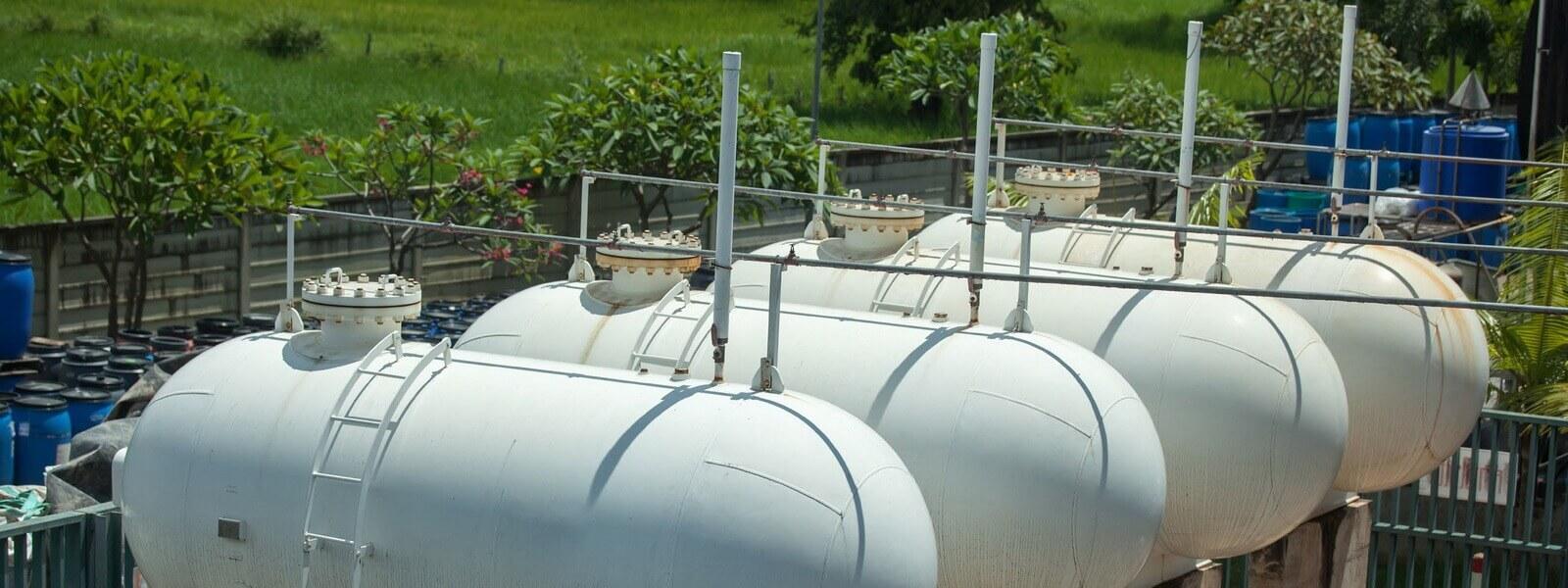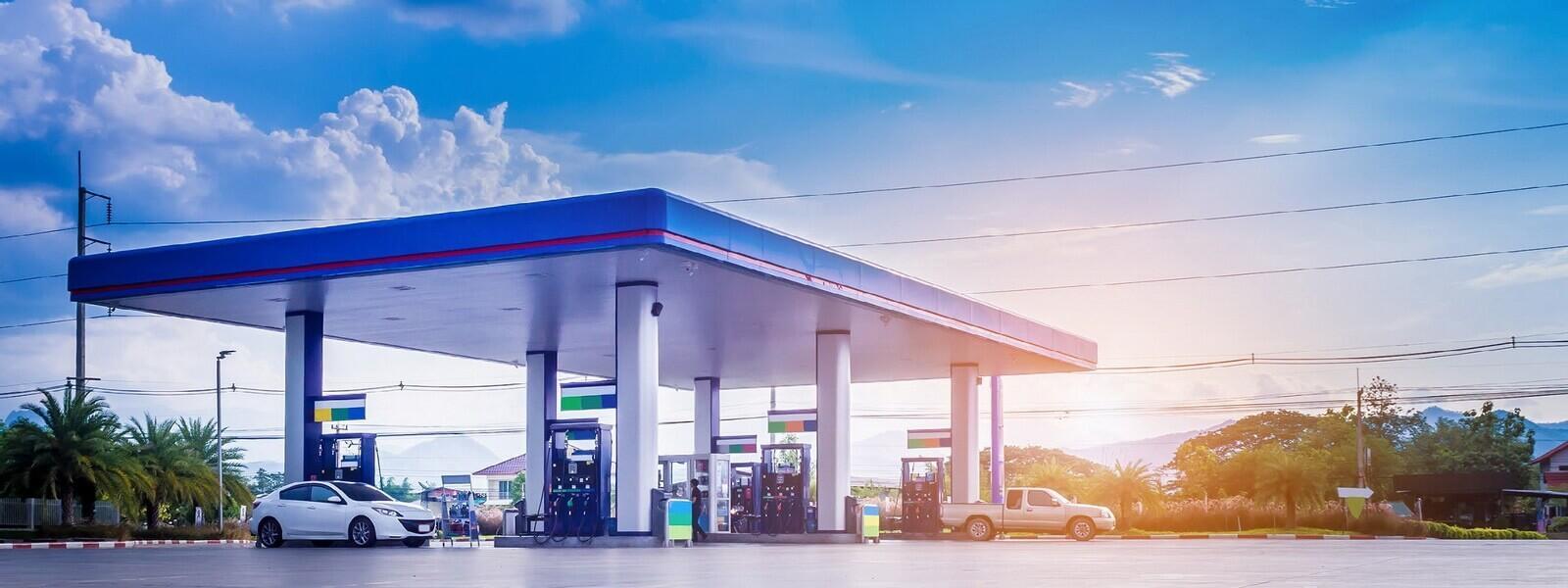
This article is part of a three-part series published in Brussels media by Liquid Gas Europe. This article was published on the Parliament Magazine, which you can find here.
Thousands of businesses in rural areas have been badly affected by the COVID-19 lockdown, and could face further hardship as a result of the upcoming recession. Many of these businesses need large amounts of space and process heat, such as hospitality or tourism facilities, food-processing industries, or farms. These industries, situated off the gas grid, will increasingly be required to switch from high carbon and pollutants energy sources; however, their options for decarbonisation are limited. Now more than ever, economic recovery measures should facilitate their transition to affordable and lower carbon solutions.
Heat for industrial processes in rural areas
To help Europe achieve climate neutrality, the European Commission has identified clean gas-based technologies as a solution for meeting its more ambitious targets. This is the case especially for rural industrial users whose processes require continuous heat supply; something that is not easily replaceable with intermittent renewable electricity for technical reasons and costs. The reality is that local businesses and SMEs in rural areas still rely on some of the most pollutant fuels, such as heating oil and coal.
Today, while fighting the COVID-19 pandemic, a large number of these companies will face major job losses, and risk being overlooked as they are located in less densely populated areas. They need realistic low-carbon alternatives now for the near and mid-term to help them recover and modernise. Therefore, EU and national policymakers should dedicate funding to recovery measures for rural areas, to help facilitate the switch to more efficient and affordable heating solutions that offer immediate carbon and air pollutant emission savings.
Future-proof solutions for rural businesses beyond the gas grid
With support coming from recovery plans across Europe, rural entrepreneurs should be encouraged to cut their emissions and invest in efficient and low-carbon thermal systems. Examples of such systems are fuel cells or engine-based cogeneration, gas heat pump and hybrid systems like an electrically driven heat pump with a liquefied petroleum gas (LPG) boiler, or a thermo-solar installation. By using low-hanging fruit like LPG, we can bring about a sharp drop in the share of diesel and solid fuels and an increase in the share of renewables in areas where gas infrastructure is not developed. Importantly, the resulting efficiency gains would also increase these businesses’ competitiveness, while lowering their heating costs.
Rural businesses should be able to choose cost-effective routes to deep emission reductions. For example, switching from an oil or coal boiler to an LPG one can reduce emissions respectively by 25 percent and 50 percent. LPG produces fewer air pollutant emissions and is therefore better for our health. Similarly, NOx emissions from LPG are 40 percent lower than heating oil and 75 percent lower than coal. In these areas, the possibility of using local and decentralised heat and power generation systems, for instance through cogeneration, would bring major benefits including complementing the electricity grid capacity, cutting emissions and reducing the energy consumption of these businesses.
By switching to LPG, a Scottish single malt whiskey distillery, Tamnavulin, operating since 1966, was able to reduce their costs, while lowering their NOx emissions by about 65 percent and to cut carbon emissions by almost 20 percent. Similarly, a study commissioned by Liquid Gas Europe suggests that inn owners, using a typical building built before 1918, could largely benefit from a switch from an old oil boiler to a new gas engine-driven heat pump fueled by LPG (bioLPG in the future). Together, with insulation of the building to increase its energy efficiency, such a hotelier could save almost €2,000 annually on energy bills and cut their carbon emissions by 86 percent over a lifetime.
A stationary fuel cell unit can transform LPG into hydrogen to produce heat and electricity. By changing an old oil heating system to a fuel cell unit, fuel consumption drops on average by 60 percent as the amount of gas required is equivalent to only one third of the previous oil consumption. This leads to a reduced carbon footprint and lower energy bills for the end-user.
With a renewable drop-in substitute, like bioLPG, existing industrial and commercial users of LPG do not need to invest in new appliances or upgrade their installations tomorrow to switch to a renewable alternative. BioLPG is a renewable solution that can provide an up to 80 percent lower carbon footprint compared to conventional LPG.
Businesses in rural areas need dedicated support
The preparation of EU economic recovery plans, combined with the ambitious objectives from the European Green Deal, presents us with a unique opportunity. The time is right for the EU to demonstrate in practice that the energy transition will leave no one behind, and that this applies to businesses in rural areas too. We, therefore, call on the EU and national governments to include a rural chapter in the upcoming economic recovery plans. This should include measures to redirect some of the financing mechanisms from EU investment and structural funds to support cost-efficient solutions like fuel-switching and modernising energy solutions for rural businesses.










